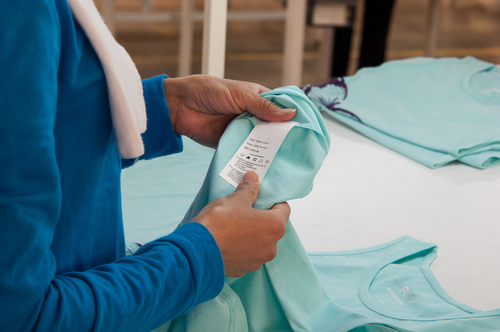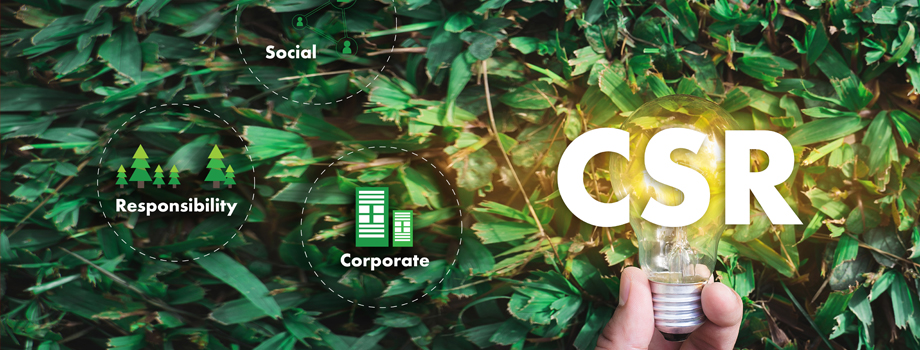ISO 2859-1:1999:3 × General Inspection Levels and 4 × Special Inspection Levels
Three inspection levels are generally used: I, II, III. There are an additional four special levels — S1, S2, S3, S4 — that may be used where relatively small sample sizes are necessary, and also where larger sampling risks can be tolerated.
Level I is used when less discrimination is needed, for example, if your supplier has passed most or all previous inspections and you are confident in the quality of their products. By contrast, Level III is adopted if a supplier has had recent quality issues. More samples are inspected and a batch of products will more likely be rejected if it is found to be below your quality criteria.
For your consumer product business, you would normally use AQL Level II as advised in the ISO:
Unless otherwise specified, level II shall be used[2].
This means that if there are 0 – 21 defective units (depending on the lot size (i.e., 2 to 50001 units and over)) in the inspected sample size[3], the produced batch will pass inspection. If there are more than the specified number of defective units (i.e., 1 or more units greater than the acceptance point (acceptable number of defective units)), then the produced batch fails inspection[4]. A QC company may also suggest its own inspection levels, in which case, the QC company will guide you through the process.
Each AQL Level impacts the cost and number of days required to inspect the designated sample size. In general, the more volume of products produced, the higher the number of samples that need to be inspected. For instance, if you're importing 40,000 units of a consumer product, then you would inspect 500 pieces at AQL Level II. And if each unit needs 5 minutes to inspect, you can expect the total sample inspection to take five (5) days for one (1) inspector.
Calculating Needed Inspection Time
The generic formula for calculating the number of hours needed to inspect a certain sample size can be written as:
|
No° of inspection minutes per unit
|
×
|
1 hour
|
×
|
No° of sample units
|
=
|
Total no° of inspection hours needed
|
|
1 unit
|
60 minutes
|
Take the example of 40,000 units (mentioned above): The information needed and the formula would look like the following:
Total number of units produced: 40,000 units
Inspection sample according to AQL Level II: 500 units
Inspection minutes per unit: 5 minutes
No° of hours in a man day: 8 hours
Number of inspectors: 1 inspector
|
5 minutes
|
×
|
1 hour
|
×
|
500 units
|
=
|
41.66 hours
|
|
1 unit
|
60 minutes
|
|
41.66 hours
|
=
|
5 man days
|
|
8 hours
|
If all factors remain unchanged (except the number of units checked), this inspection would need 5 days to be completed by a single inspector.
This number of man days is unrealistic for many companies and suppliers. In this case, the QC company you've chosen may advise you to apply one of the four special AQL levels that would reduce the number of sample units requiring inspection to a more realistic sample number.
Expected Inspection Number of Samples per Man Day
Overall, guidelines for a maximum number of samples that can be expected to be inspected in one (1) man day by one inspector are:
Basic consumer hardline goods: 200 – 315 units per man day.
Basic consumer electronics: 125 – 200 pcs per man day.
Garments: 80 – 125 pcs per man day.
Planning Your Inspection
When calculating the number of man days and the number of samples to be inspected, be sure to work backwards from your shipping date. And include at least an extra week for contingency purposes.
For example: Your shipment date is 31 July 2019. This means you should book your inspection date for 19 July 2019 at the latest. Better would be 15 – 17 July. This would be known as your pre-shipment inspection date (PSI). This inspection date, however, depends on the production completeness of your product (e.g., total number of products have been manufactured and packed), which should ideally be 100%.
You can, however, book different inspection services at different stages of production completeness. For instance, a during-production inspection can be booked any time after you have a certain percentage of production completeness, e.g., 30% (manufactured products may or may not be packed at this stage). This percentage, and whether or not packing is required, will be provided by your selected QC company.
What to do Next
Inspection service details are best obtained from your QC agency of choice. Overall, the QC company will have a web site where you can study the services offered. For instance, at InSpec by BV, you can peruse detailed information about inspection services offered or contact an inspection services specialist.
[2] Src: ISO 2859-1 standard
[3] The AQL chart will show a range of 2 – 2000 units.
[4] The general guide to how many sample units to inspect can be obtained from the AQL chart.







